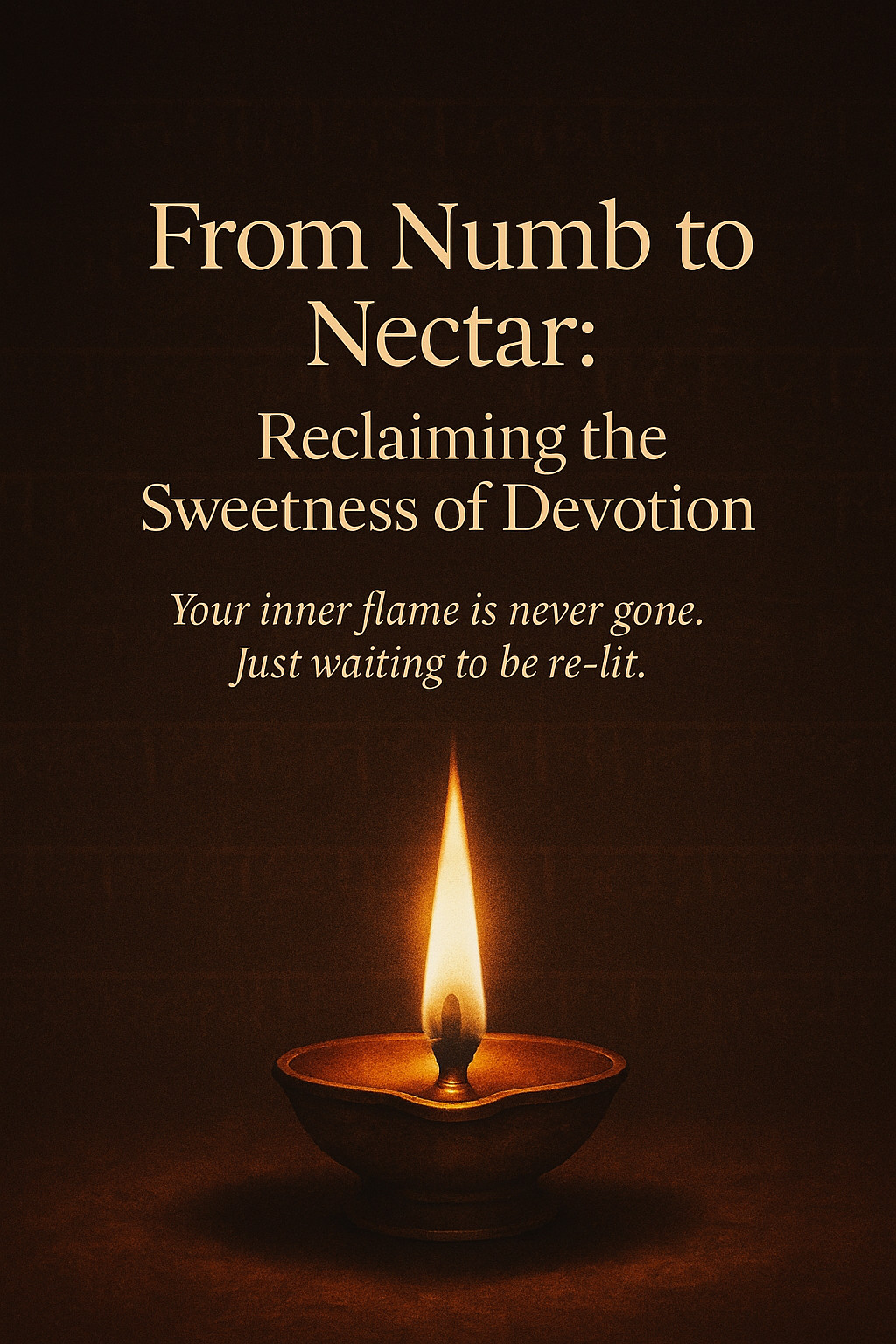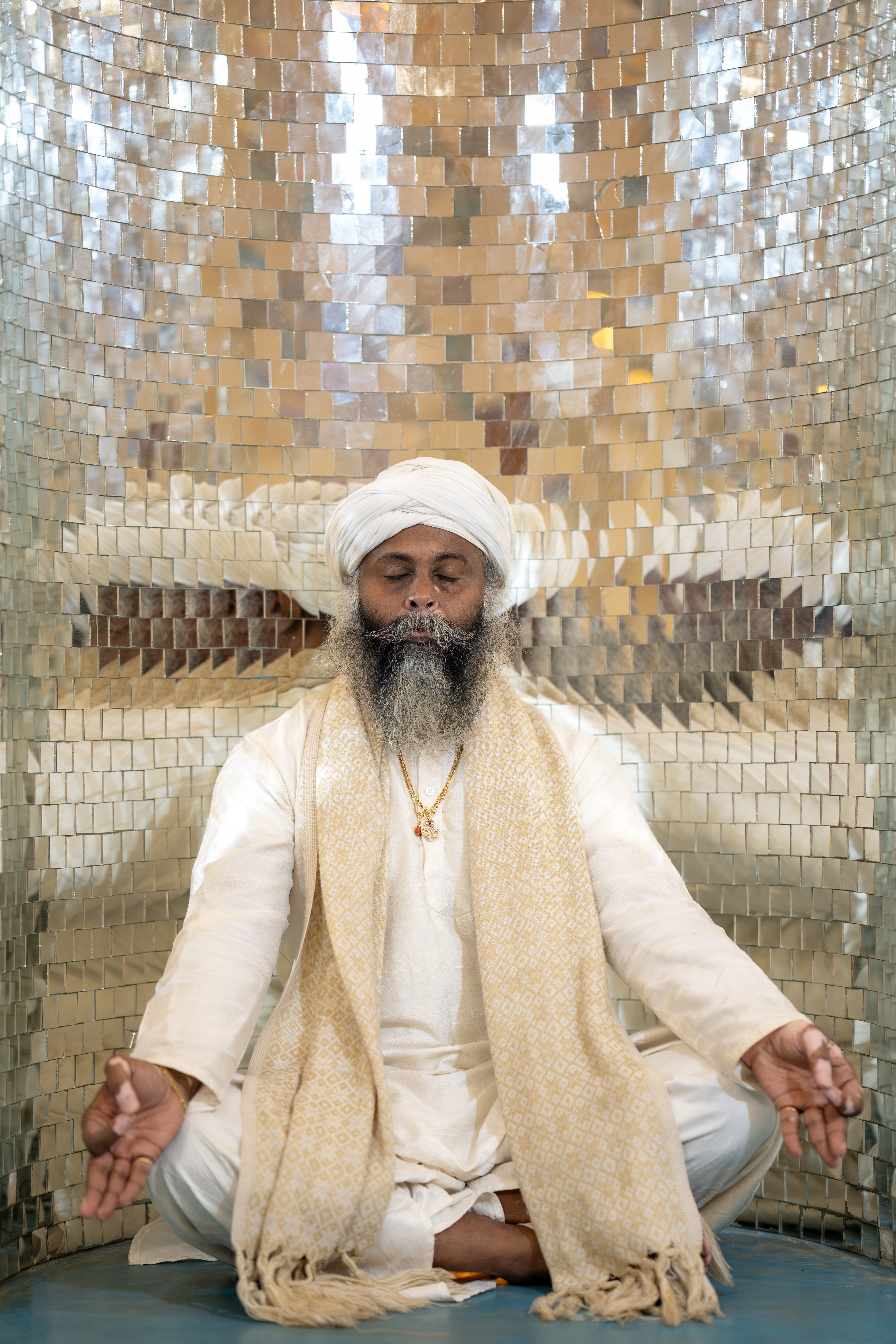In ancient Indian alchemy and traditional practices, there is a concept known as **"Navapashanam"** (meaning "nine poisons" or "nine deadly metals"), which refers to a unique combination of nine different metals or elements believed to have healing properties when mixed in specific proportions. Statues or idols made from these metals are sometimes said to hold the power to cure diseases and bring spiritual benefits.
The nine metals typically include:
1. **Gold**
2. **Silver**
3. **Copper**
4. **Iron**
5. **Tin**
6. **Zinc**
7. **Mercury**
8. **Lead**
9. **Bell metal (a bronze alloy)**
The idea behind Navapashanam is that these metals, when combined in precise proportions by highly skilled artisans and alchemists, undergo a transformation, balancing their potentially harmful properties and unlocking their medicinal and spiritual benefits. Such statues or idols are often used in traditional Hindu rituals, believed to bring blessings, good health, and longevity.
Historically, these metals have been associated with certain cosmic energies, and they symbolize different planetary influences in **Jyotisha** (Vedic astrology). The use of Navapashanam is not widely known or practiced in modern times, but there are still devotees and traditional healers who believe in its powers.
**Healing Properties:**
It is believed that water poured over a Navapashanam statue absorbs the curative energies of the metals. Drinking this water or using it for bathing is thought to provide relief from ailments, improve vitality, balance the body’s energies, and even cure chronic diseases. Some also claim that the statue radiates healing energy, which can benefit anyone near it.
**Spiritual Benefits:**
In addition to its health-related benefits, Navapashanam is also seen as a spiritual tool. The mixture of metals is believed to balance planetary energies, ward off negative forces, and enhance one’s overall spiritual well-being.
### The Legend of Siddhars
Navapashanam is often linked to the Siddhars, ancient Tamil mystics and yogis who were said to possess profound knowledge of alchemy, medicine, and spirituality. According to legend, they used their knowledge of metals and minerals to create Navapashanam statues and medicinal preparations that could cure any disease and even grant immortality.
While modern science has not validated these claims, the lore around Navapashanam persists in certain spiritual circles, especially in South India.
### Conclusion
Though the idea of a statue made of "9 deadly metals" curing all diseases may sound extraordinary, it is a part of ancient Indian alchemical traditions that focus on the transformative power of metals. Whether viewed as a mystical practice or simply a fascinating cultural tradition, the Navapashanam concept speaks to the timeless human quest for healing and the merging of spiritual and physical well-being.
In Vedic astrology, the 27 Yogas are crucial planetary combinations that significantly influence a person's life experiences. These Yogas are derived from the Moon's position relative to the Sun, each characterized by distinct influences. For instance, Vishkambha signifies strength and a prosperous life, while Priti encourages love and friendship.
Some Yogas, such as Ayushman and Saubhagya, promote health, longevity, and fortune, whereas others like Atiganda and Shoola indicate challenges and potential conflicts. Yogas like Shobhana and Dhriti emphasize beauty and mental calmness, respectively. Meanwhile, Harshana and Siddhi encourage joy and accomplishment, showcasing the diverse spectrum of effects these Yogas can have.
Consulting an experienced astrologer is essential for understanding these Yogas as they can interpret them based on an individual's specific birth chart. Such insights can provide clarity on personal strengths, challenges, and opportunities rooted in the unique interplay of celestial bodies.
Read more...Navaratri, the nine-day festival celebrating the Divine Feminine, begins with the worship of Shailaputri, "daughter of the mountain." As an embodiment of the root chakra, Shailaputri symbolizes grounding and stability, much like the mountains she represents. Her energy teaches resilience and encourages us to connect with our roots as we embark on spiritual journeys.
On the first day of Navaratri, Shailaputri's energy helps establish a stable foundation for spiritual growth. Worshiping her reminds us of the importance of remaining grounded in our values and principles, providing the nurturing and protective energy needed to overcome life's challenges. This day marks a time for cleansing and focusing on the Muladhara Chakra, strengthening our connection to the earth.
Devotees honor Shailaputri with rituals and mantras, seeking her blessings for strength, stability, and determination. By wearing red and offering raw grains and pure ghee, they invite the Goddess's nourishing energy into their lives. Shailaputri's presence on this day sets the tone for the rest of Navaratri, guiding us towards resilience and spiritual enlightenment.
Read more...Invisible loyalties within family systems often lead individuals to unconsciously replicate the same narratives across generations, whether it’s experiencing loneliness, divorce, or familial diseases. These patterns, driven by a concept known as "good conscience," compel individuals to follow family paths out of a sense of duty or tradition, resulting in what is referred to as "blind love." The blog post explores how one can break free from these cycles by embracing "bad conscience," not as wrongdoing but as a step towards individuation and "enlightened love."
"Enlightened love" empowers individuals to craft their unique paths, moving beyond family expectations. To achieve this, individuals are encouraged to stop criticizing their family systems and instead practice acceptance and understanding of their family members. Honoring ancestors for their efforts, practicing daily gratitude, and embracing life with humility are key steps in connecting with this enlightened form of love and breaking the cycle of repeating family history.
By recognizing and honoring both the light and dark aspects of family history, individuals can liberate themselves from its relentless repetition, as noted by Bert Hellinger. This process allows one to build a personal legacy driven by enlightenment and self-determined love. Ultimately, this approach offers the freedom to shape one's destiny differently, fostering personal growth and fulfillment.
Read more...In a world filled with chaos and uncertainty, rituals provide a comforting sense of structure and peace. Whether simple or elaborate, these intentional actions help ground us, offering moments of calm amidst unpredictability. They are not merely about the acts themselves but the meanings we attach, symbolizing self-care and reflection, and becoming intrinsic parts of our lives that bring solace when needed most.
Rituals also cultivate a sense of belonging, uniting individuals through shared experiences like family traditions or cultural celebrations. These communal practices offer support and collective energy, reminding us of our connection to something greater, be it a community or the vast cosmos. In times of need, this shared sense of belonging reassures us that we are not alone.
Creating personal rituals doesn't require complexity; simple, intentional actions can significantly enhance well-being. Regular practices, whether meditation or nature walks, establish a comforting rhythm in life, offering a private sanctuary amidst daily chaos. Through consistency, these rituals empower us to navigate life's challenges, providing a sense of control, mindfulness, and peace.
Read more...
